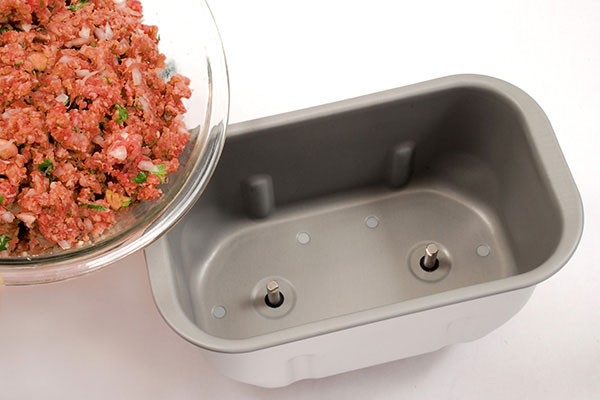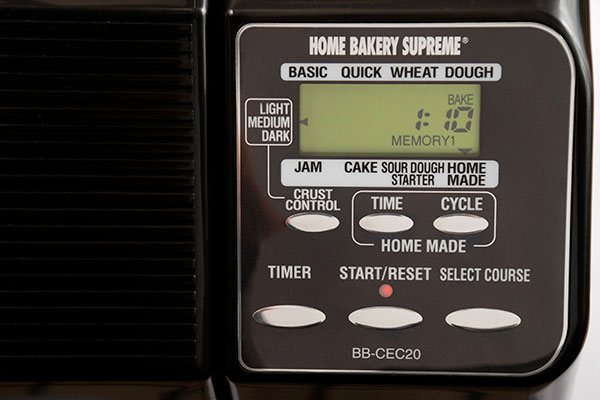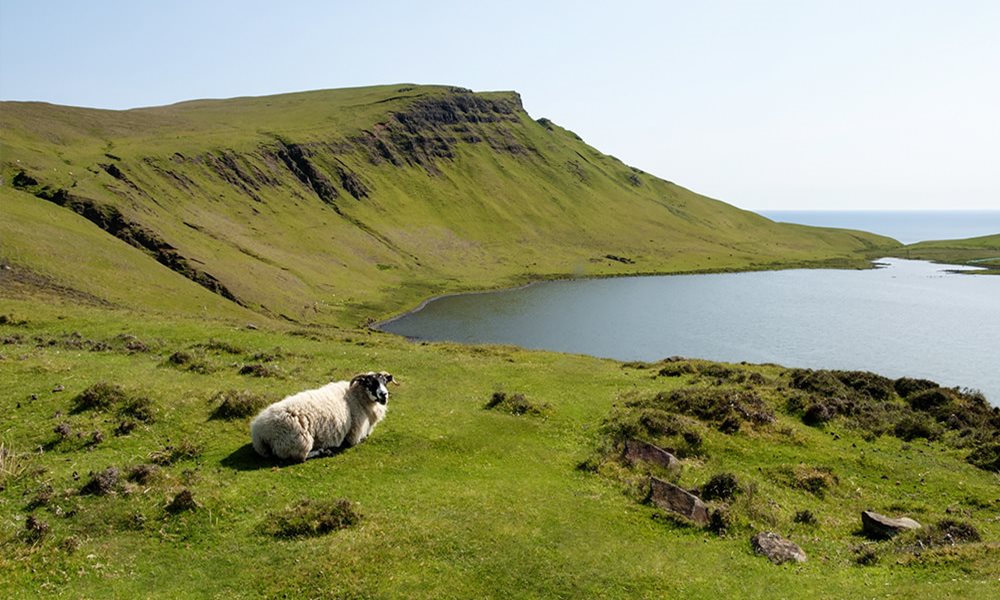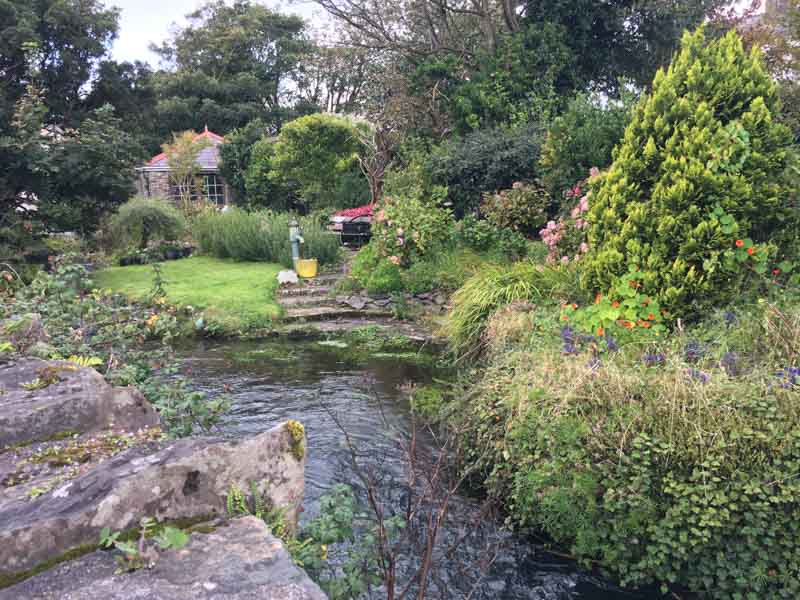Animals in hiding.
Find the animals hiding in the following sentences.
Example Close the door at once! (rat).
1. That will be a real help.
2. She came late every day.
3. He came to America today.
4. Eric owes me ten cents.
5. We made errors in each one.
6. Do good workers succeed?
7. If I shout, he’ll hear me.
8. If Roger comes, we’ll begin.
9. We will go at two o’clock.
10. Is it the sixth or seventh?
11. In April I only came once.
12. I’ll sing; you hum on key.
13. I made a Xerox copy of it.
14. She clothes naked babies.
15. At last, I, Gerald, had won.
16. Was Pilar mad, ill, or glad?
17. That man ate eleven cookies.
18. Your comb is on the table.
19. We’re sending only one book.
20. He regrets having said that.
21. If Al concentrates, he’ll win.
22. When I withdrew, Al rushed in.
23. He called Mikko a lazy boy.
24. It’s only a kilometer away.
Fair Finds.
Below is a scrambled list of animals and foods commonly found
at state and county fairs. Unscramble each word, placing one
letter in each blank. To help you, some letters have been placed
in the correct positions.
1. ipg _ _ _
2. wco _ _ _
3. cukd _ _ _ _
4. atog _ _ _ _
5. keac _ a _ _
6. nocr c _ _ _
7. srohe _ _ _ _ _
8. tapoot _ _ t _ _ _
9. teutlec _ _ _ _ u _ _
10. arctpito _ _ _ i _ _ _
11. umppikn _ _ m _ _ _ _
12. uahqss _ q _ _ _
13. plaep ipe _ p _ _ _ _ i _
14. recyrh ipe _ _ _ r _ _ _ _ e
15. conott dncay _ _ t _ _ _ c _ _ _ _
16. mewatlrone w _ _ _ _ _ _ _ _ _ n
Find the animals hiding in the following sentences.
Example Close the door at once! (rat).
1. That will be a real help.
2. She came late every day.
3. He came to America today.
4. Eric owes me ten cents.
5. We made errors in each one.
6. Do good workers succeed?
7. If I shout, he’ll hear me.
8. If Roger comes, we’ll begin.
9. We will go at two o’clock.
10. Is it the sixth or seventh?
11. In April I only came once.
12. I’ll sing; you hum on key.
13. I made a Xerox copy of it.
14. She clothes naked babies.
15. At last, I, Gerald, had won.
16. Was Pilar mad, ill, or glad?
17. That man ate eleven cookies.
18. Your comb is on the table.
19. We’re sending only one book.
20. He regrets having said that.
21. If Al concentrates, he’ll win.
22. When I withdrew, Al rushed in.
23. He called Mikko a lazy boy.
24. It’s only a kilometer away.
Fair Finds.
Below is a scrambled list of animals and foods commonly found
at state and county fairs. Unscramble each word, placing one
letter in each blank. To help you, some letters have been placed
in the correct positions.
1. ipg _ _ _
2. wco _ _ _
3. cukd _ _ _ _
4. atog _ _ _ _
5. keac _ a _ _
6. nocr c _ _ _
7. srohe _ _ _ _ _
8. tapoot _ _ t _ _ _
9. teutlec _ _ _ _ u _ _
10. arctpito _ _ _ i _ _ _
11. umppikn _ _ m _ _ _ _
12. uahqss _ q _ _ _
13. plaep ipe _ p _ _ _ _ i _
14. recyrh ipe _ _ _ r _ _ _ _ e
15. conott dncay _ _ t _ _ _ c _ _ _ _
16. mewatlrone w _ _ _ _ _ _ _ _ _ n












